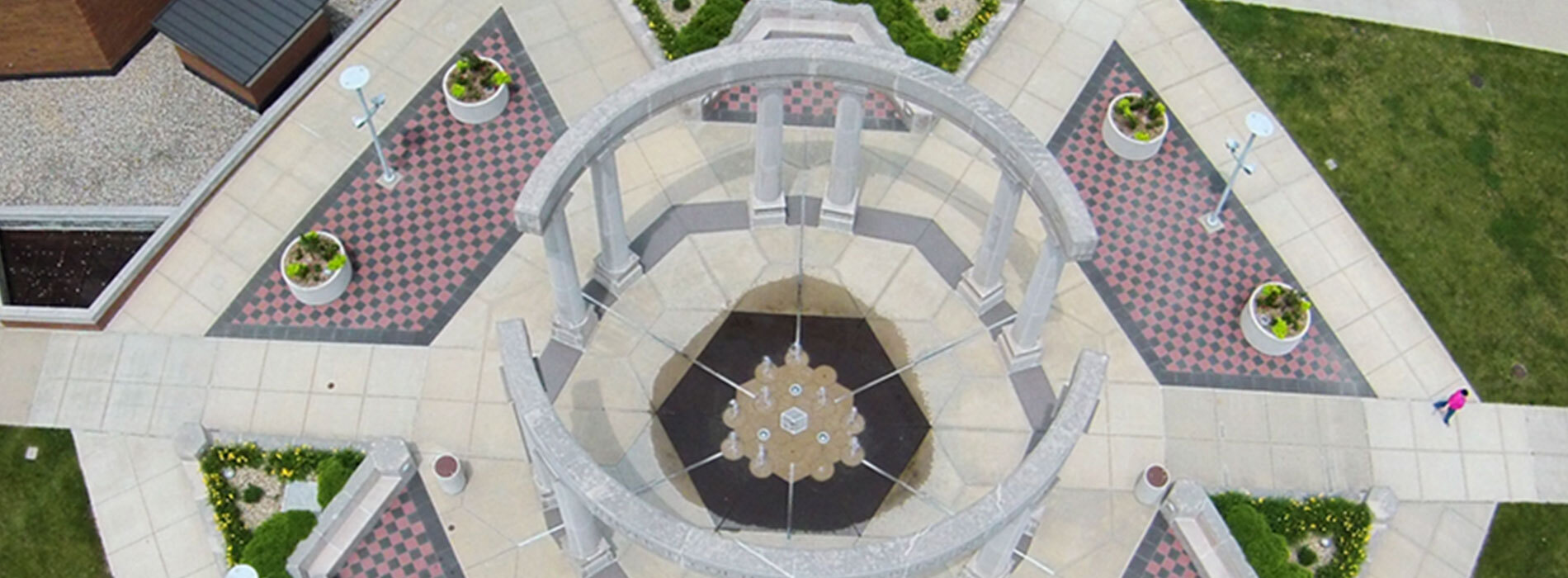History of SSU-UIS: 1980-1981
(from the 1980-81 SSU Catalog)
Philosophy And Purpose
Sangamon State is an upper-division and graduate university committed to a concept of higher education that compels it to reach out into the community and respond in meaningful ways to the needs of today’s students and the demands of contemporary society. The mandate of the university is to address public affairs within the framework of a liberal arts curriculum and to stress practical experience, professional development, and innovative teaching. Continuing the philosophy of open admission and affirmative action generated by the state’s community colleges, Sangamon State provides opportunities for upper-level and graduate education to a broad spectrum of students: transfers, individuals resuming an interrupted education, employed persons seeking to upgrade themselves in their current positions or to prepare for second careers, and area residents wishing to enhance their personal lives.
As the public affairs university for the state of Illinois, Sangamon State addresses itself to specific and general needs of government and society through special courses, projects, and student internships. The university also prepares people for public service and fosters an active understanding of social, environmental, technological, and ethical problems as they relate to public policy. Faculty members at Sangamon State University have a commitment to the individual student; excellent teaching is the faculty’s highest priority, and research and publication serve as support for teaching. Many classes are small and informal and permit easy relationships between students and professors. Faculty members also serve as students’ academic advisers. The adviser acts as a central contact and helps the student develop a meaningful and enriching program of study.
Many of Sangamon State University’s academic programs are designed to bring together the world of public affairs and the world of higher education. The task is to teach people and prepare them as individuals to be effective participants in a changing society.
History
Sangamon State University was established by the Illinois General Assembly in 1969 as the first of two senior institutions in the state. The upper-level concept of Sangamon State, and of Governors State University in Park Forest, resulted from an extensive study by the Board of Higher Education. The BHE conceived of the upper-level concept as an innovative response to both the growth of the community college system throughout the state and to the need for new ways for individuals to enter upper-division and graduate study. As the state’s public affairs university, Sangamon State was located in the capital city. Community leaders in Central Illinois who were deeply aware of the local and regional demand for higher-education opportunities provided further impetus to locate a university in Springfield. A million dollar citizen’s fund drive raised the money for supplementary land acquisition and demonstrated the sincere commitment of the people of the community to Sangamon State and its mission.
Dr. Robert C. Spencer, then dean of the Graduate School at the University of Rhode Island, was chosen in the summer of 1969 as Sangamon State’s founding president. The university opened its interim facilities for the fall term of 1970. The initial enrollment was some 800 students, with a faculty of 45.
In September, 1978, Dr. Alex B. Lacy, Jr., became the university’s second president. Dr Lacy came to Sangamon State University from the National Endowment for the Humanities where he served as director of the Division of Public Programs. He holds a Ph.D. in political science from the University of Virginia and is a former dean of the School of Urban Life at the University of Georgia.
Sangamon State currently has some 3600 students and a faculty of 200. The university operates from two campuses. The Main Campus of some 740 acres is six miles southeast of the Capitol complex, adjacent to scenic Lake Springfield and Lincoln Land Community College. The Capital Campus is in the heart of the city and only four blocks from the Statehouse. Evening classes are scheduled on both campuses to accommodate both commuting and community students. “Brown-bag” classes are held during the noon hour to serve more effectively persons who are employed.


